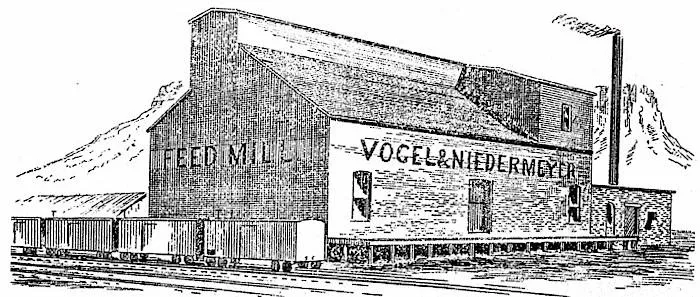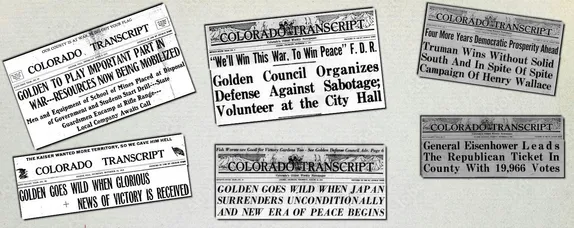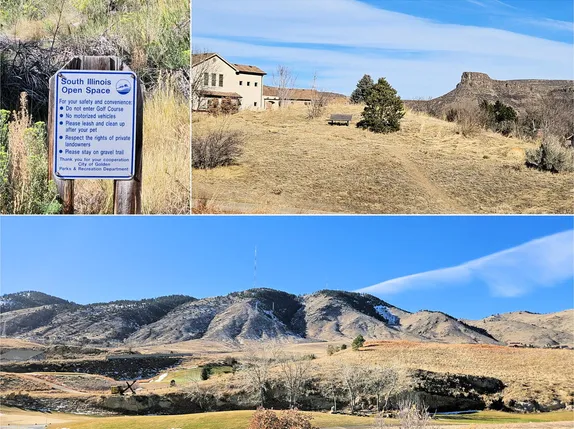Today we continue describing the historical uses of the CoorsTek property, which is now being cleared for its next iteration. Yesterday, Preston Driggers related the early years of a warehouse built by Joachim Binder in about 1880. Binder used the warehouse in concert with his Eagle Corral Hardware and Feed Store. Today, Preston continues the history of the warehouse after Binder's death.
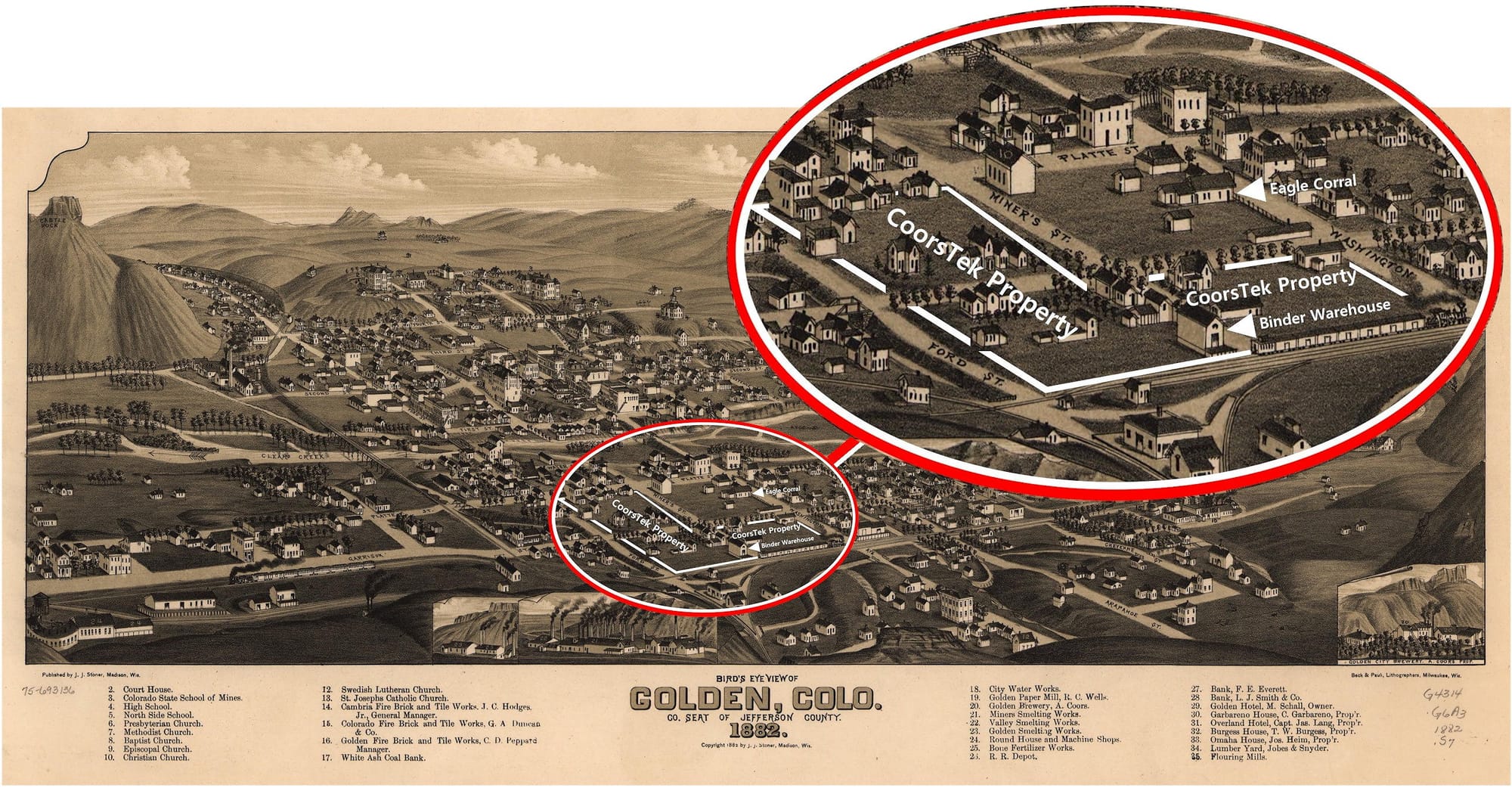
Within a month after Joachim Binder died in 1891 at the age of 68, his oldest daughter, Marion (Binder) Niedemeyer took over the management of the Eagle Corral and Warehouse. She had worked in the family business from the beginning and knew the employees and customers.
Marion terminated J.D. Ward, a long partner with her father and an early pioneer. He was replaced with the younger, George Vogel who was made the operations manager. The published business notices stated, “Vogel & Niedemeyer successor to J. Binder”. She had both of their names painted on the side of the warehouse.
The Vogel and Niedermeyer partnership of the Eagle Corral and Warehouse lasted until October 1894 when the business became Vogel & Churches. The dissolution of the partnership was probably due in large part because George Vogel was charged by the police as the ringleader of the mob that lynched Alexander McCurdy. In consultation with Judge DeFrance, who was long standing attorney in town and a friend, Vogel was able to change the venue to a different judge from the one assigned. Charges were eventually dropped. Vogel sold the business in 1897. Multiple ownerships followed.
The Eagle Corral and the Binder warehouse had always been components of the same operation; however, in July 1901, the Golden Milling Company purchased the warehouse from the owner of the Eagle Corral.
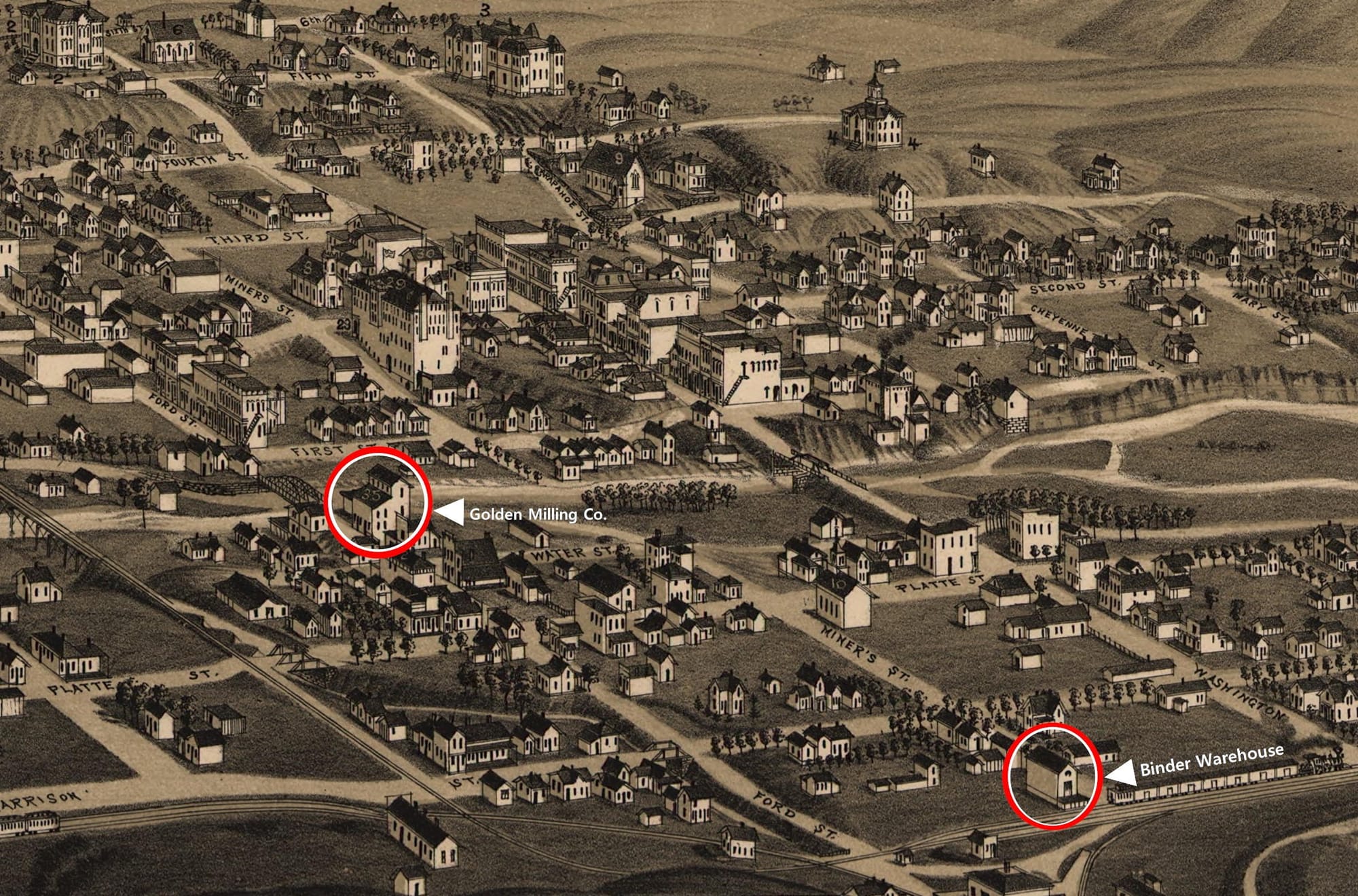
With the purchase of the warehouse, the Golden Milling Company gained ready access to the railroad for shipping out flour and wheat. John F. Vivian, the warehouse manager and city mayor, oversaw the addition of a new boiler and steam engine as backup to water power. The company added an additional story to the height of the elevator. New elevator machinery was installed. Within a couple of years, Golden Milling ran into financial problems, probably related to the economic panic of 1893.
By 1910 the warehouse had not been in operation for a number of years. Early on Sunday morning (March 20, 1910) a large fire broke out in the warehouse.
The fire at the old elevator was started somewhere in the interior of the building, and the entire building was a mass of flames before being discovered. The walls were of brick, with few windows, which were boarded up. The roof was of iron, and the interior was a seething mass of flames when the roof fell in, the fire then shooting up into the air for seventy-five feet. Dense clouds of smoke covered the lower part of the city, and great pieces of burning wood were carried several blocks, in many instances igniting fires, and only the watchfulness of property owners prevented other blazes being started.
The building was a regular fire trap, being filled with wooden hoppers, spouts, grain bins, etc.... It seems almost certain that the fire must have been the work of an incendiary, as the plant had not been operated for a number of years, and nothing was stored in the building which might have caused spontaneous combustion.
Colorado Transcript - March 24, 1910
All the Golden firemen could do was work to save surrounding property.
Joachim Binder and Adolph Coors were friends and had business relationships, including Adolph’s first first attempt to fill beer into bottles.
Thank you, Preston Driggers, for this two-part history of the Binder warehouse and feed mill!

